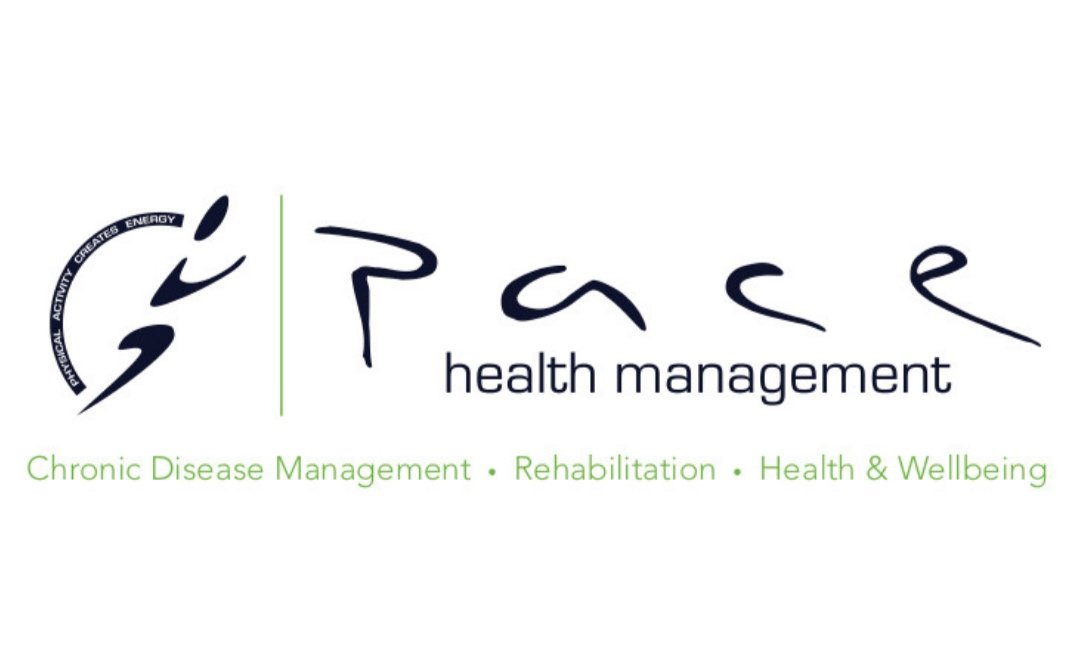Type 2 Diabetes & Exercise Physiology
Over the next 3 years it is expected that 1.2 Million Victorians will be diagnosed with Type 2 Diabetes, a condition that currently affects 1 in 4 Australian adults (diagnosed or at high risk). These numbers represent 280 Australians’ being diagnosed with type 2 Diabetes every day, making Diabetes our fastest growing chronic disease.
Being diagnosed with Type 2 Diabetes increases your risk of having a heart attack or stroke 2-4 fold. It also increases the risk of kidney disease, blindness and nerve damage. If Diabetes is well managed and blood glucose levels remain in a controlled range then we significantly decrease the risk of the above. This is the goal of managing Diabetes with medication, nutrition and physical activity.
Type 2 Diabetes is a condition affecting the body’s ability to uptake glucose from the blood stream into the cells due to poor insulin sensitivity at the cellular level. This insulin resistance is multi-factorial, although the strongest risk factors for Type 2 Diabetes are documented as;
Physical Inactivity (lack of movement)
Increased waist girth (greater than 94cm men, 80cm women)
Obesity
High Blood pressure
Family history of diabetes
Heart disease/ Stroke
Poor nutritional habits
Age
Past findings of high blood glucose levels in blood tests (including pregnancy)
So is Type 2 Diabetes preventable?
The short answer is yes! As mentioned above there are many things that increase our risk of developing diabetes, with the main issue being insulin resistance at a cellular level. To prevent/delay the onset of, or better manage blood glucose levels if already diagnosed, there are a few simple things that we can incorporate into our daily life to improve our body’s sensitivity to insulin, and therefore our ability to uptake blood glucose into the cell (muscle, liver, brain, etc).
Believe it or not, the most effective thing you can do to prevent diabetes is physical movement. In 2002 a Finnish research study looked at how effectively diabetes can be prevented. With 3 groups of people at high risk they compared no action vs. medication vs. lifestyle change. The medication group showed a 31% risk reduction compared to no action, the big winner though was the lifestyle group, which reduced the onset of diabetes by 58%! That is to say they prevented almost twice as many people being diagnosed with diabetes by prescribing physical activity instead of medication.
So how much exercise is enough? What type is best?
The current guidelines for diabetes prevention/ management are centered around completing both aerobic exercise and resistance training as listed below.
Most people enjoy walking as regular exercise, however few Australian adults engage in regular resistance training. The downside of not completing regular exercise for our muscles is that we rapidly lose muscle mass as we age (up to 1kg a year), which is why we see a sharp increase in diabetes prevalence in people over the age of 50.
Cardiovascular exercise (planned exercise)
Moderate intensity
30 minutes
At least 5 days per week
Intensity: Able to talk but not sing
Rating of Perceived Exertion: ‘13’ Somewhat Hard
Weight loss- need to do at least 60 min a day
Vigorous intensity
If able, perform vigorous intensity exercise for greater health benefits
30 minutes
4 days per week
Intensity: “huff and puff”- difficult to talk
Rating of Perceived Exertion: ‘15-19’ Very Hard to Very Very Hard
Resistance training (planned exercise)
8-10 major muscle groups
2-3 sets, 8-12 repetitions
2-3 days per week
Work to muscle fatigue
Rest
No more than two consecutive days without physical activity
If you can complete the above guidelines, you reduce your risk of chronic disease by 50%. Keeping in mind that the cardiovascular exercise can be broken up in to 10 minute bouts through out the day, and still show benefits to heart health, blood pressure, cholesterol levels, insulin sensitivity (and therefore blood glucose levels), mood, reduction of pain levels in arthritis and chronic pain plus many more.
Our greatest improvements in insulin sensitivity and improved ability to manage blood glucose levels comes from completing a combination of both aerobic and resistance based exercises. Improvements in insulin sensitivity following exercise can last for 24-72 hours, depending on the duration and intensity of the exercise. For this reason, it is important to not rest for longer than 2 days, that is, to complete exercise on a little and often basis.
Need help getting started? An Accredited Exercise Physiologist can create a program for you that makes considerations for your goals, physical activity history and medical history. Contact us via info@pacehm.com.au to get started today!
Want to find out more about our Type 2 Diabetes Program? Click here to learn more.
Want to prevent Type 2 Diabetes? Click here to learn more.
